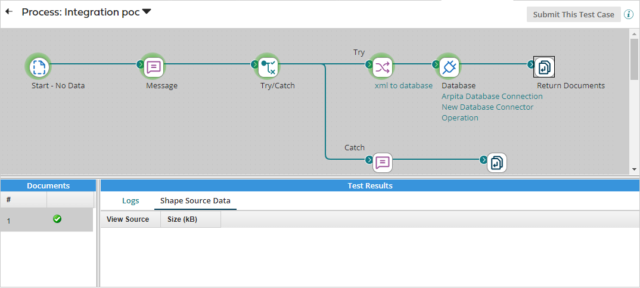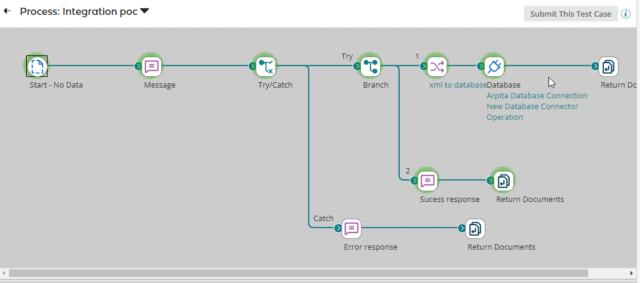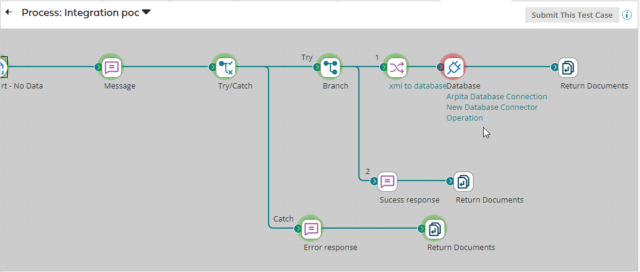Boomi Introduction
Boomi is a cloud-based integration platform that allows businesses to easily and quickly connect their various applications, data, and systems. It offers a wide range of scalable and flexible integration capabilities, such as data integration, application integration, and API management, to integrate on-premises and cloud-based applications.
Boomi is used for creating and deploying integration between various enterprise systems like Salesforce, SAP, Oracle, and other cloud-based platforms (AWS and Azure). It has a drag-and-drop visual interface, minimal coding, and pre-built connectors, which helps businesses to connect and streamline their process.
Advantages of Boomi:
- Effective with its drag-and-drop feature.
- Boomi AtomSphere Integration is stable.
- Excellent Data Quality and management.
Boomi comes up with lots of benefits but has limitations as well. One of which is explained below.
Limitations in Boomi:
In Boomi, we have many pre-built connectors, but after some connector operations (Ex: Disk, Database, Mail, etc.), execution does not continue. This generally happens when no response document is generated by the connector operation. This can be seen mainly after a write/post-operation.
Solutions:
Multiple solutions might be available to handle such a situation, but let’s take a simple example to understand this.
Let’s start,
Here, the requirement is to perform multiple operations on the same data set, including a database write operation. All these operations are sequential, but the catch is that the database write operation does not generate any document; hence, flow got aborted after the database operation.
In this example, we have to insert records in the database, and on successful insertion, we have to display the success and error results.

Process execution is stopped
As you can see in the above example, no document was generated after the database write operation, and the process execution got aborted, which led to not satisfying requirements.
Here is one solution that overcomes Boomi’s limitations for database connectors: we can use the Branch Shape connector to take this operation forward.
What is a Branch shape?
The branch shape is a predefined connector that works as a sequential operation. We can define several paths in branch shape according to need. Each branch shape can have up to 25 paths and a minimum of two ways. If path one executes successfully, then the second path will execute.
Contact us today to learn how we can help you to implement integration solutions with Boomi.
Here we go. Using a branch shape, we got a successful response back from the flow after successful database insertion.

Success scenario
As we can see in the above image, after a successful database operation, the flow was redirected to another path that contained the success message and was required per our requirements.
Let’s take another use case to explore more if we receive any error from database operation.

Error Scenario
In the above image, we can see the error occur during database operation. Still, due to the function of branch shape, the other path also got terminated, and try catch shape comes into the picture to handle the exception.
What is Try/Catch?
The keywords “try” and “catch” represent the handling of exceptions caused by data or coding errors during process execution. A try block is a section of code where exceptions occur. The try block code is executed first, and if it throws an exception, the catch block code is executed. Exceptions from try blocks are caught and handled by a catch block.
In this manner, other actions can be performed after any connector operation that does not generate documents after its execution.
Perficient + Boomi
At Perficient, we excel in tactical Boomi implementations by helping you address the full spectrum of challenges with lasting solutions rather than relying on band-aid fixes. The result is intelligent, multifunctional assets that reduce costs over time and equip your organization to proactively prepare for future integration demands.
Contact us today to learn how we can help you to implement integration solutions with Boomi.


very Informative blog, Good Job! Arpita
Nice Blog. Arpita